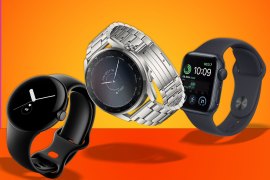Oppo Find X7 Ultra review: as good as it gets?
You probably can't buy one - but you're gonna want to

Stuff Verdict
As well-rounded a camera phone as you’d expect given its lineage, the Oppo Find X7 Ultra takes stunning snaps. It’s pure flagship everywhere else – so it’s a crying shame the West isn’t getting it off
Pros
- Phenomenally capable cameras in almost every condition
- Flagship-grade performance and battery life
Cons
- China-only, you’ll have to import one if you’re keen
- Region-specific software limits usefulness
Introduction
I find something undeniably appealing about ‘forbidden fruit’ smartphones – the sort sold exclusively in foreign territories, with heroic hardware you simply can’t get at home. The China-only Oppo Find X7 Ultra is the latest to catch my eye, thanks to a ‘quad main camera’ setup that (in theory) wipes the floor with any rival you’d care to mention.
An evolution of the immensely impressive Find X6 Pro (easily one of my favourite phones of 2023), this is the first handset I’ve held with twin periscope zoom lenses. They effectively eliminate the magnification blind spots other phones have to fill in using computational cleverness. And that’s on top of the huge 1in wide-angle sensor, overhauled image processor, and Hasselblad colour magic. Once you factor in the latest Qualcomm silicon and an uncompromising AMOLED screen, the name upgrade from Pro to Ultra seems well deserved.
On paper then, the Oppo Find X7 Ultra is another beast from the east. It also seems reasonably priced, at ¥6999 ($980/£780) for the top-tier model with 16GB of RAM and 512GB storage. Do it’s camera credentials hold up in the real world – and is there enough here to leave Western audiences jealous? I’ve been using it as my full-time phone for the past few weeks in order to find out.
How we test smartphones
Every phone reviewed on Stuff is used as our main device throughout the testing process. We use industry standard benchmarks and tests, as well as our own years of experience, to judge general performance, battery life, display, sound and camera image quality. Manufacturers have no visibility on reviews before they appear online, and we never accept payment to feature products.
Find out more about how we test and rate products.
Design & build: statement piece
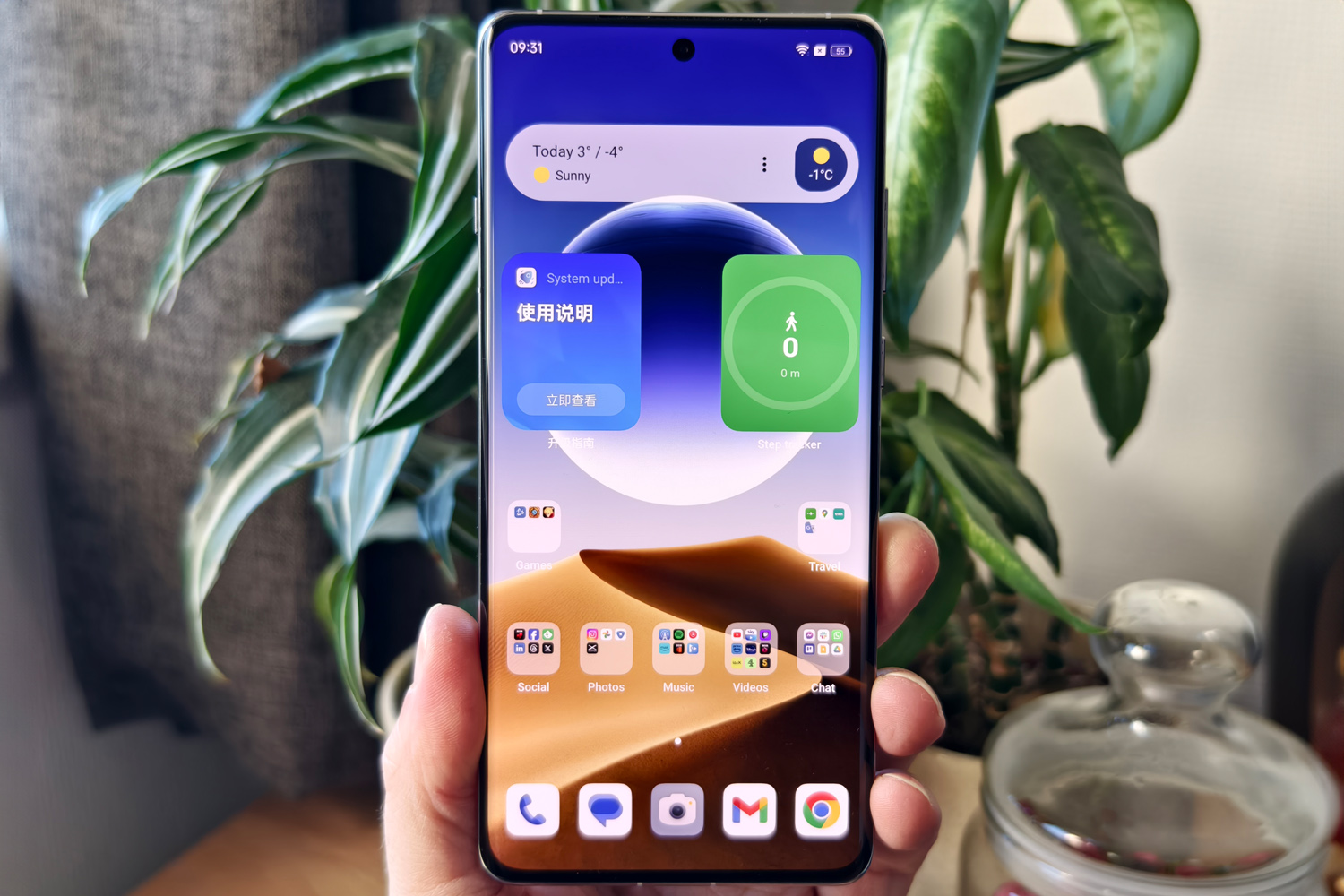
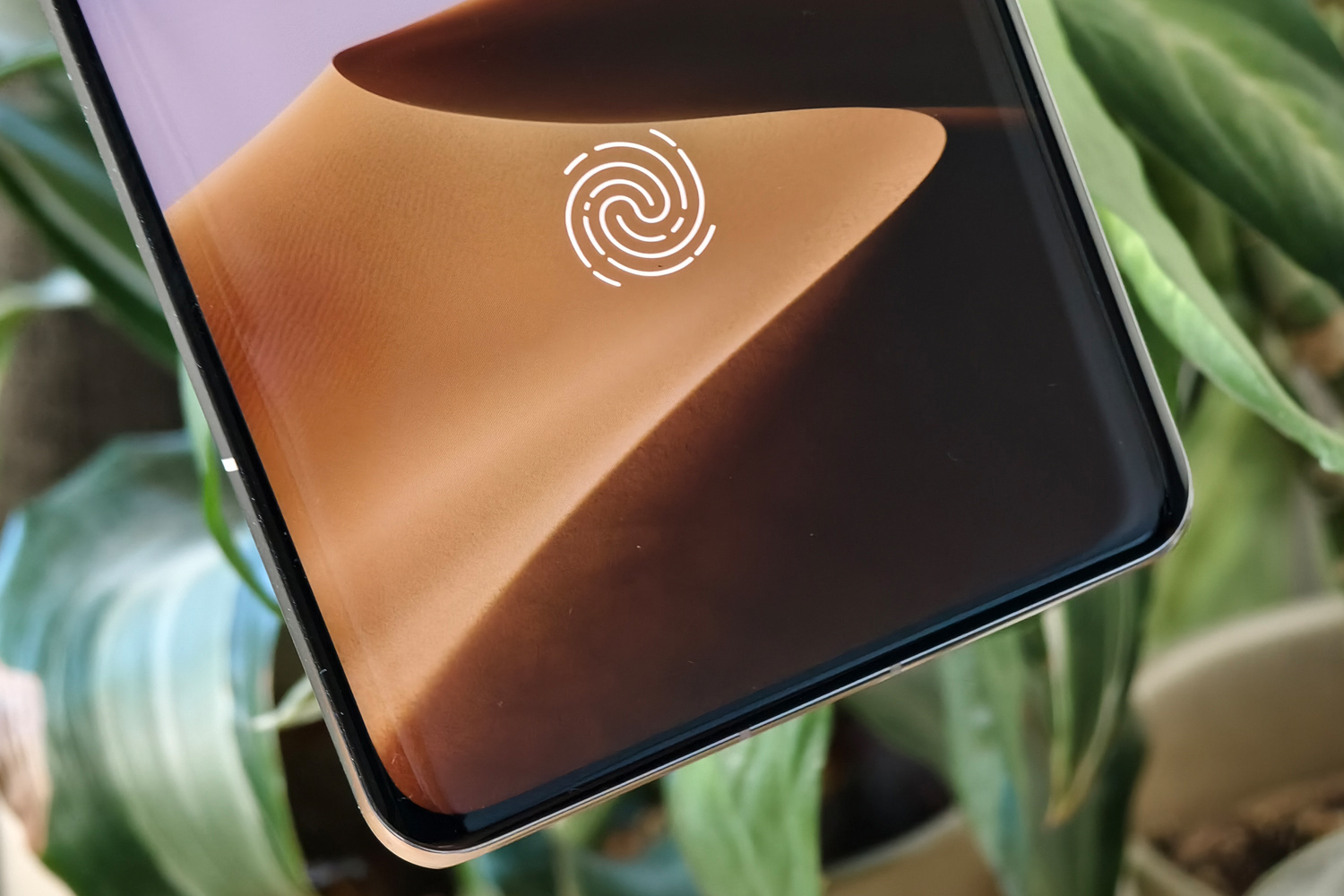
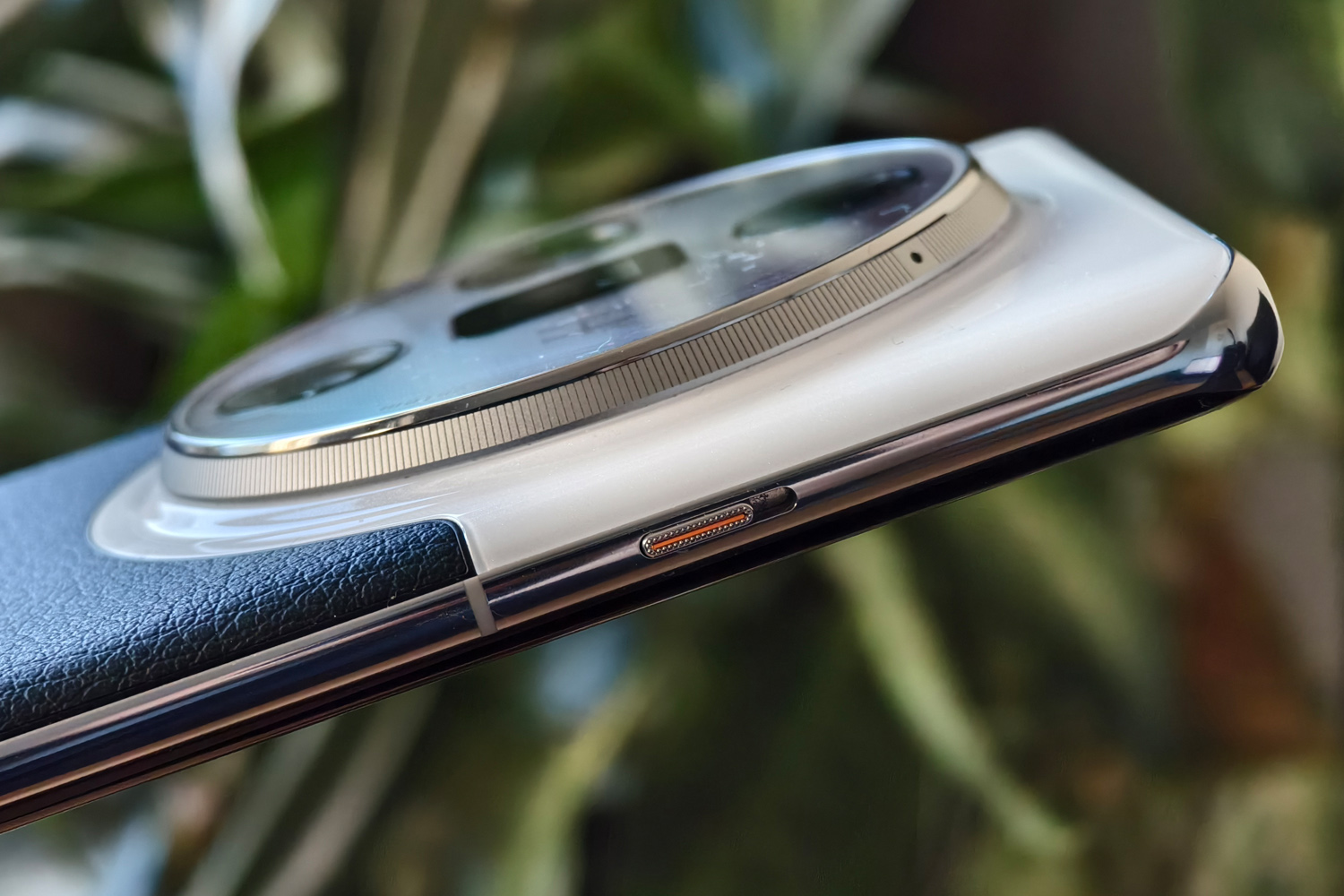
A mix of opaque glass, polished metal and vegan leather make the Find X7 Ultra stand out from the crowd. And that’s before you clock the simply colossal camera bump. Curved glass avoids the trend for flat frames seen on western flagships, and Oppo has stuck with aluminium rather than follow Apple with a switch to titanium.
Gorilla Glass Victus protection up front should keep it scratch and scrape-free, if not quite to the degree of a Samsung Galaxy S24 Ultra’s exclusive Gorilla Armor glass. IP68 dust and water resistance is also as good as you’ll find on any flagship phone right now.
It’s great to see the Sepia Brown colour option return from the Find X6 Pro. It gives me proper analogue camera vibes. My Ocean Blue sample is a more subdued alternative, and the Tailored Black is even subtler. All three do a great job of distracting from the camera module, whose asymmetric lens layout ran the risk of looking ungainly.
This is a sizeable smartphone, comfortably filling my palm and my jeans pocket. At 221g it’s as hefty as an iPhone 15 Pro Max, but I found it surprisingly well balanced given the abundance of camera hardware at the top. The in-display fingerprint sensor is sensibly placed far enough from the bottom edge I never worried about losing balance while unlocking the phone. It detected my prints quickly, but the even faster facial recognition would usually pick out my mug before my digit could even touch the screen. It’s not secure enough for banking apps, though.
An IR blaster, still commonly found on China-market handsets, sits on the phone’s top edge. I was more surprised by the OnePlus-esque alert slider on the left side. As well as swapping between ring and silent modes, it activates a ‘VIP mode’ that disables the camera, microphone and location tracking for extra privacy. I never felt the need to use it, but equally I don’t live in a country with a tight government grip on internet access.
Screen & sound: blindingly bright
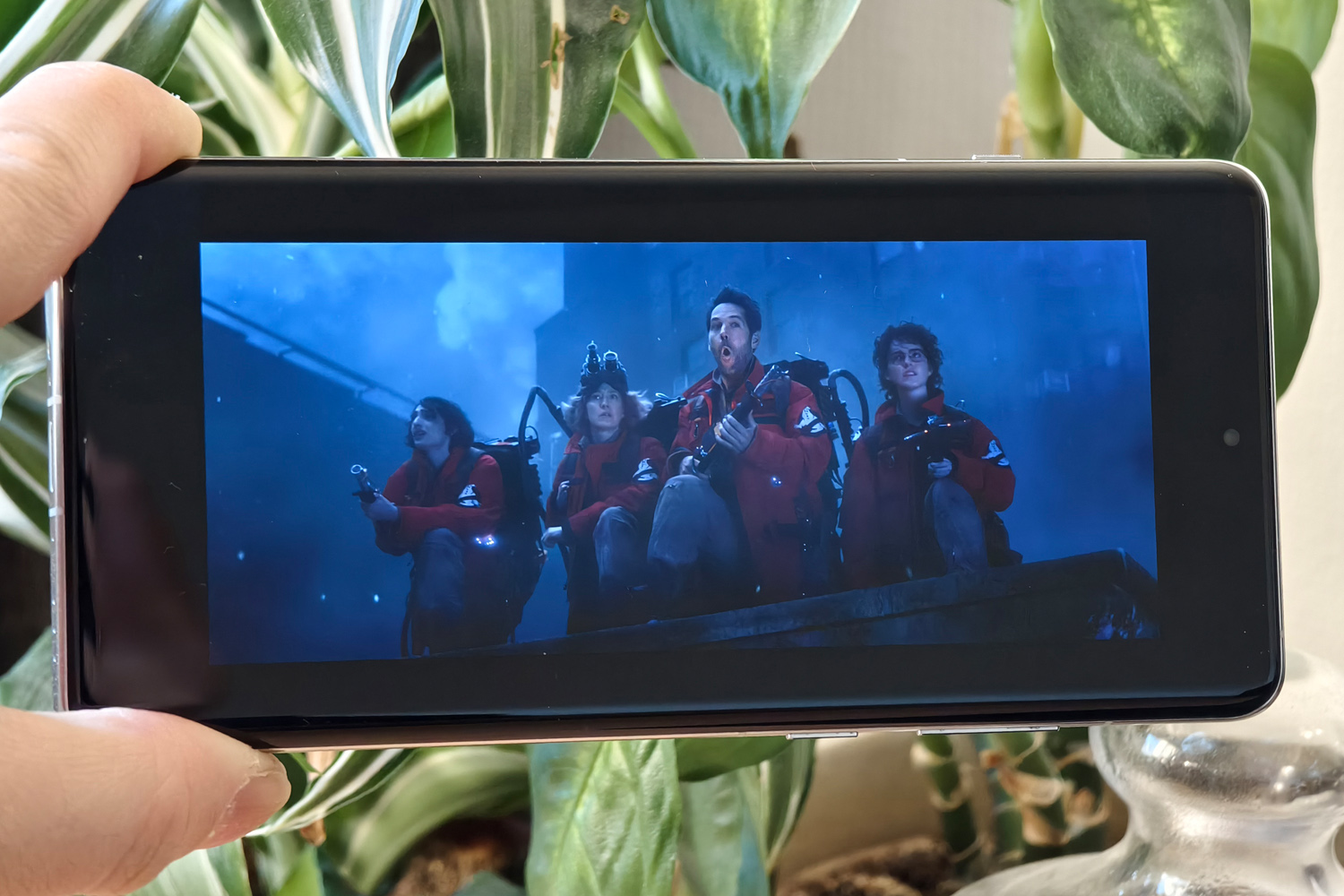
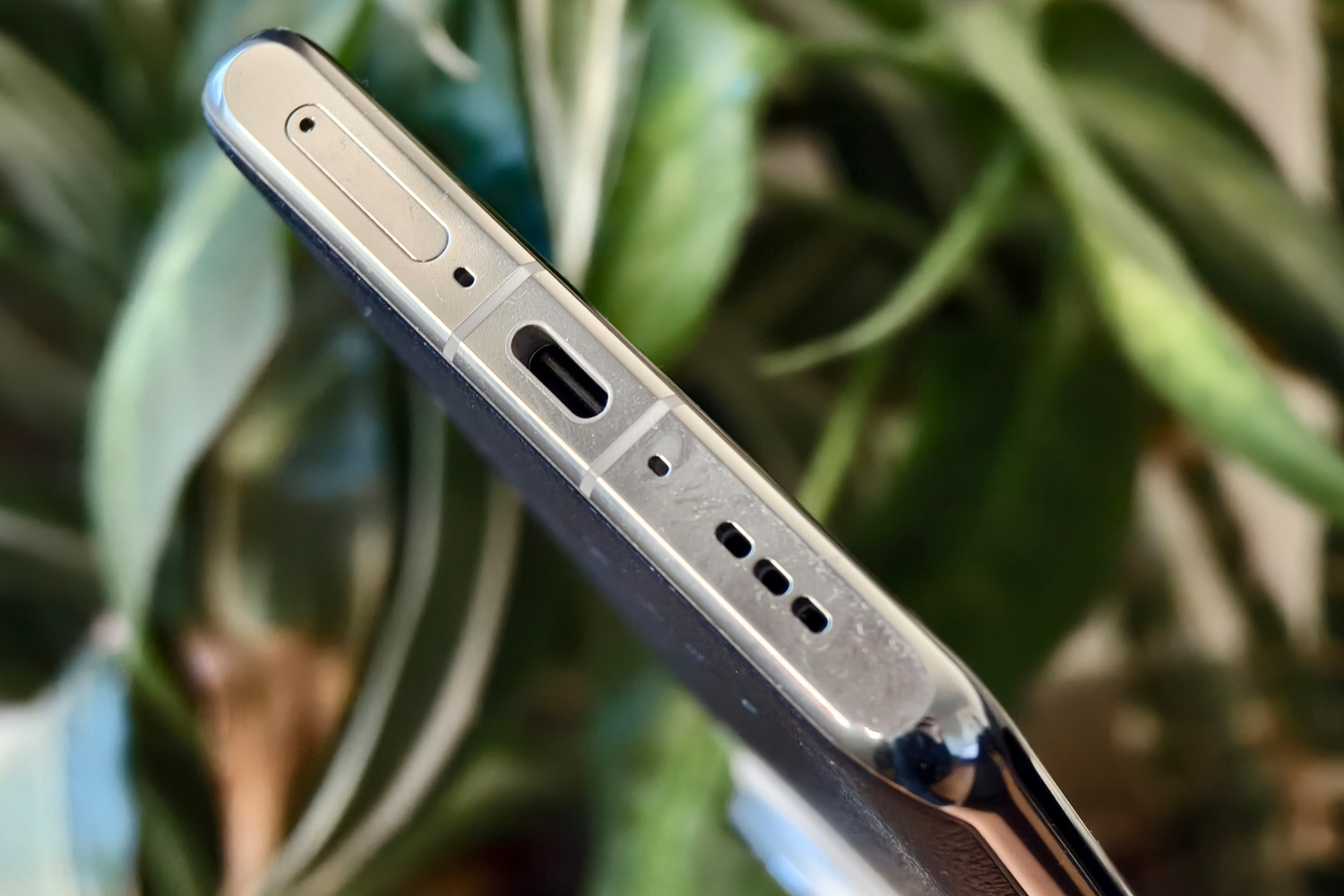
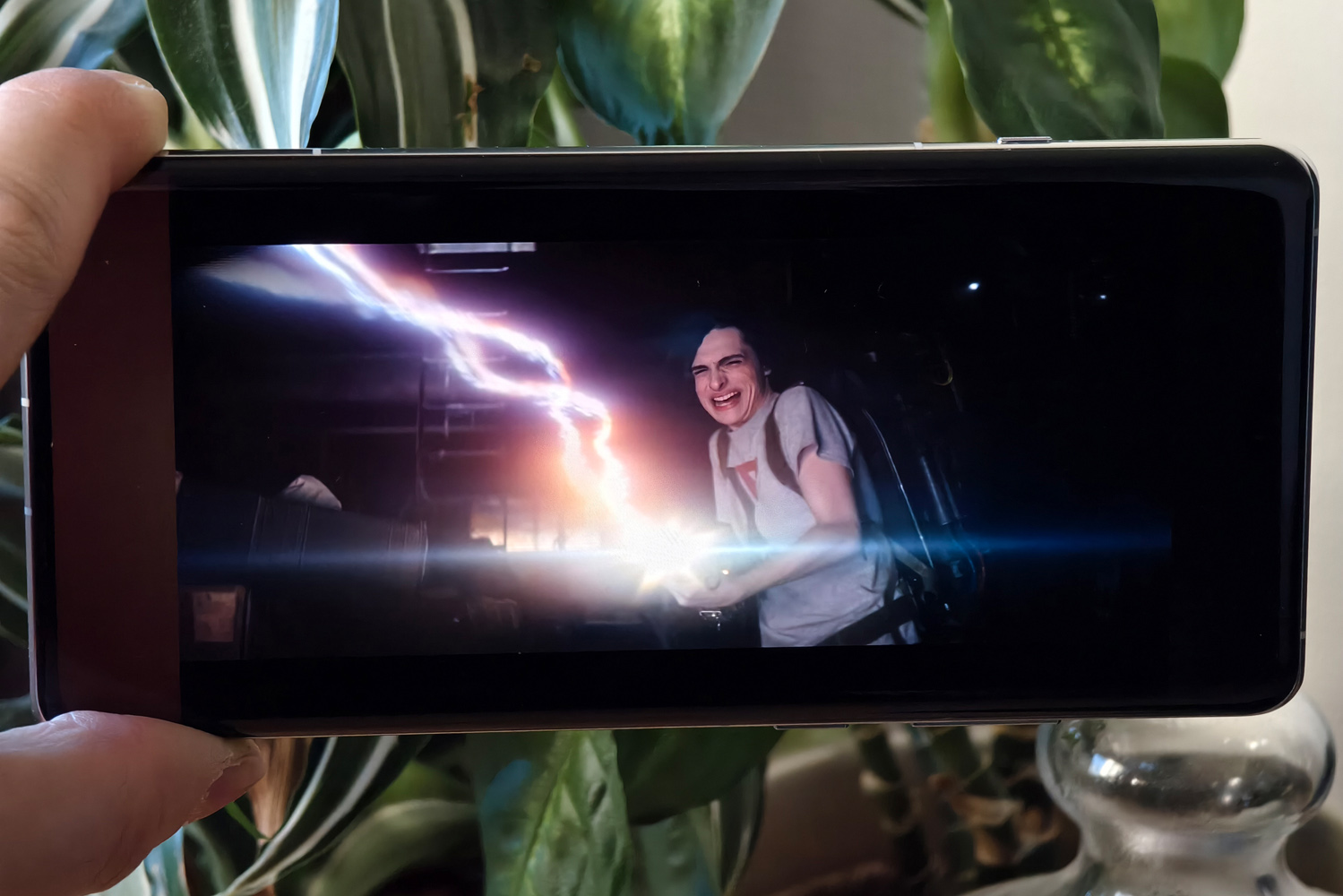
At first glance, the Find X7 Ultra’s expansive AMOLED display doesn’t seem all that different from last year’s model. But seeing how the Find X6 Pro was a treat for the eyes, I don’t think that’s a bad thing.
Both phones have 6.82in panels, both have a huge 3168×1440 QHD+ resolution, and both use LTPO adaptive refresh tech. That means 120Hz for motion smoother than velvet, right down to 1Hz for maximum power savings on static images. And while curved-edge displays have fallen out of favour in some circles, Oppo isn’t backing down, with subtle slopes at either side. So far, so flagship.
Brightness has taken a massive leap forward for 2024, letting the Find X7 Ultra hit a mammoth 4500 nits peak when showing HDR content. It’ll play nicely with Dolby Vision, HDR10+, Oppo’s own ProXDR picture format and (eventually) Google’s Ultra HDR. Support is planned for the latter in a forthcoming software update. Needless to say, HDR streaming content looked absolutely superb, with epic highlights alongside deep dark shadows. Full-screen brightness is nowhere near as high, but still ample enough to see clearly outdoors in direct sunlight.
In all other respects this is a gorgeous screen. Colours are impactful yet realistic, and contrast is unparalleled. There’s also an abundance of eye care modes, so as not to scorch your retinas at night.
It’s joined by a capable set of speakers. A main down-firing driver does most of the heavy lifting and an earpiece tweeter handles higher frequencies. There’s the smallest hint of bass, very clear vocals, and enough volume that you won’t need earphones for podcasts or YouTube catch-ups. Dolby Atmos and spacial audio also make the grade, if you’re a fan of virtual upmixing. I was happier leaving them switched off, so music sounded more natural.
Cameras: four to be floored
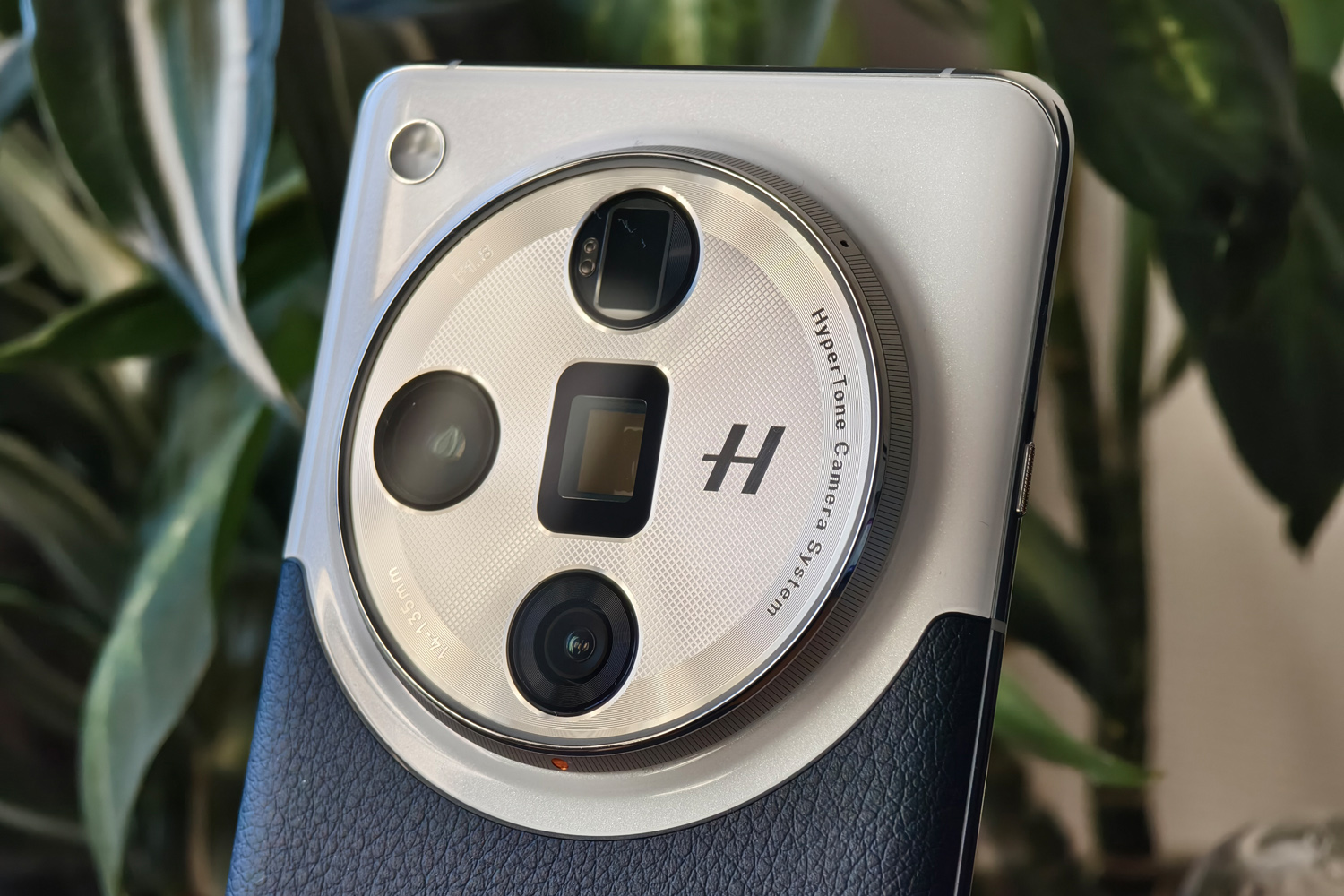
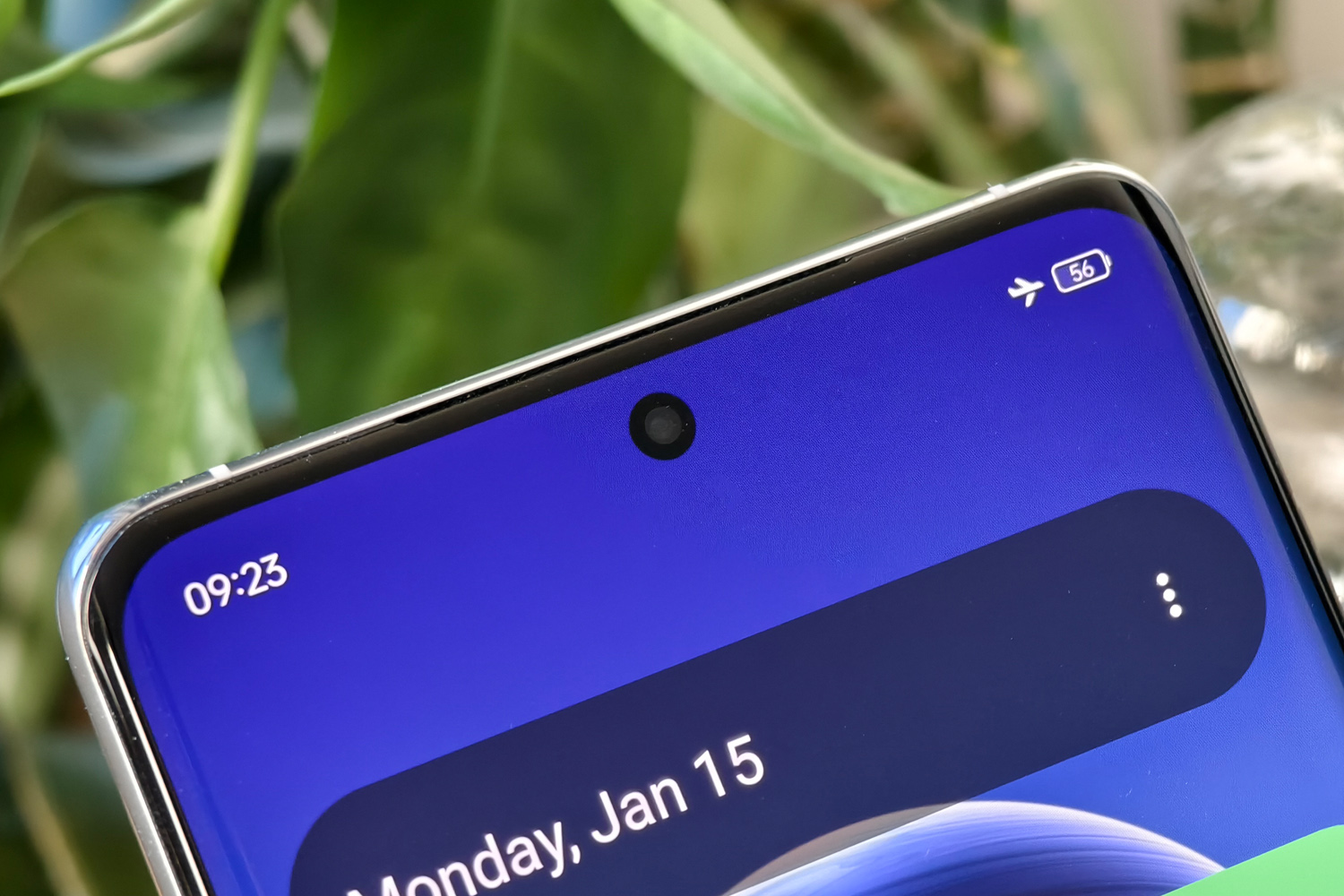
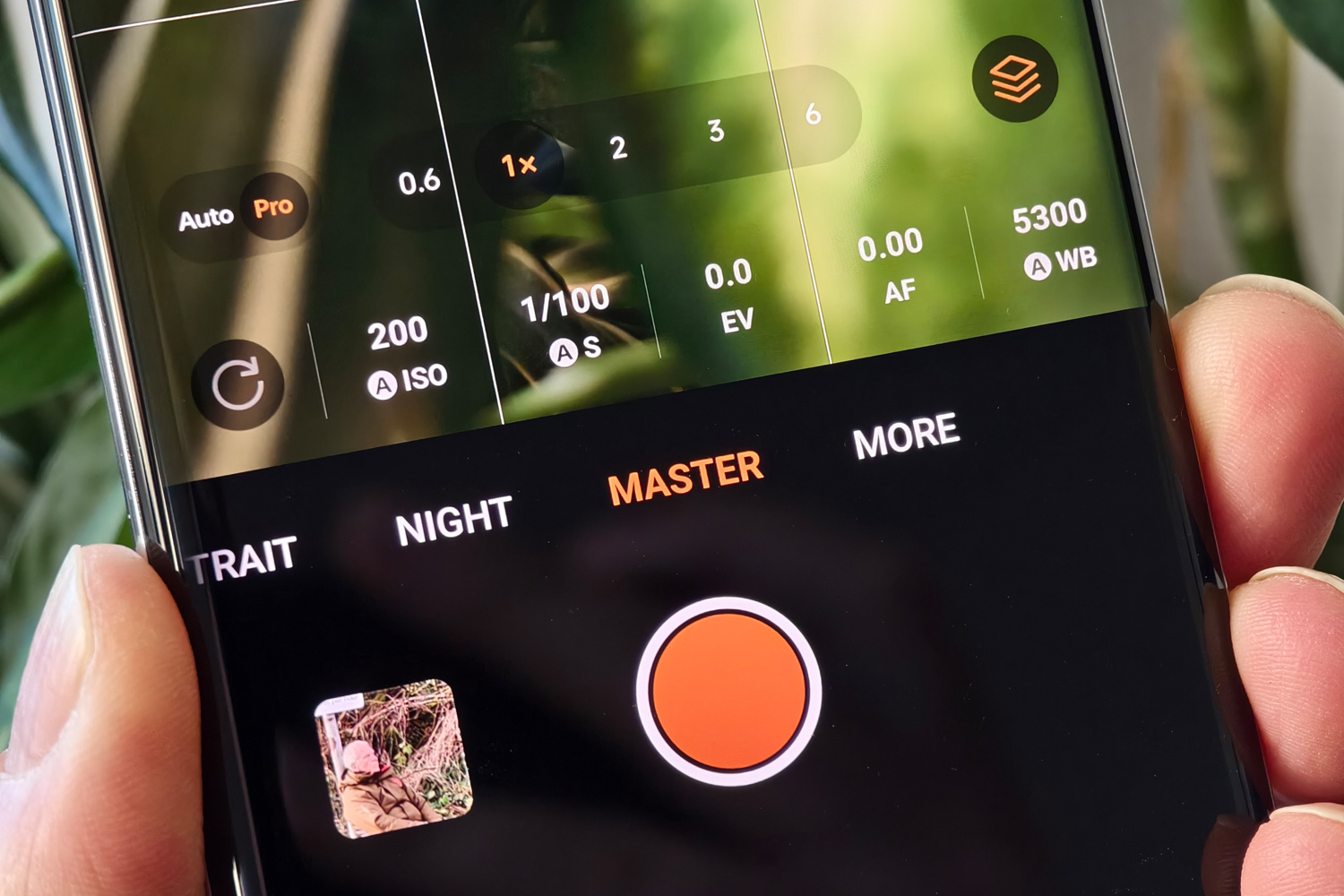
A quick glance at that giant camera bump makes it clear what the Find X7 Ultra’s priorities are. It holds four 50MP snappers, including two periscope telephoto zooms – a first for any phone. All in you’re looking at a huge 14-135mm equivalent focal length, without any sort of sensor cropping or digital zoom. That’s double the distance managed by the outgoing Find X6 Pro.
Picture processing is handled by Oppo’s new HyperTone Image Engine, which leans heavily on computational photography to prevent overexposure, over-sharpening, and unrealistic skin tones. Camera expert Hasselblad is also back with dedicated portrait modes and photo filters to mimic the look of classic lenses and analogue SLRs.
The camera app even gets a new Hasselblad Master manual mode, which lets you set specific colour saturation, vignetting and contrast levels in addition to the usual ISO, shutter speed and exposure values. I like how these are remembered between sessions, but wish there was an option for saving multiple presets to quickly replicate specific styles. Pixel-binned RAW shooting is an option, but an over-the-air update will eventually add support for full resolution, 16-bit RAW MAX and support for Ultra HDR, as seen on the Google Pixel 8 Pro.














The wide-angle uses Sony’s massive new 1-inch LYT-900 sensor, which gives shots some of the dreamiest depth blur I’ve seen on a phone. OIS and a wide f/1.8 aperture make it ideally suited to low-light shooting, and Oppo has also used a new lens composition to reduce reflectivity by as much as 50% compared to last year’s model.
During the day it takes superb shots, as you’d expect from any flagship phone. Colours are vibrant, fine details are well preserved without appearing overly sharpened, and exposure was almost always on point. Oppo’s image processing leans towards a realistic presentation, with plenty of contrast and sensible amounts of dynamic range.
The other benefit of a 1in sensor is the shallow depth of field, which creates beautiful natural bokeh the closer you get to your subjects. It gave my photos a more filmic look than anything the current Google, Apple and Samsung flagships can achieve.
With such a large sensor, the Find X7 Ultra didn’t have to engage Night Mode nearly as often as some rivals when shooting in low light. It takes clean, noise-free shots with realistic amounts of exposure and dynamic range. Side-by-side with a Google Pixel 8 Pro, it’s the Oppo that comes out ahead for sharpness, definition and preserved highlights. When Night Mode does kick in, it largely avoids excessive brightness boosting for a more lifelike image. Only very distant or fast-moving subjects proved a challenge to keep shake-free.
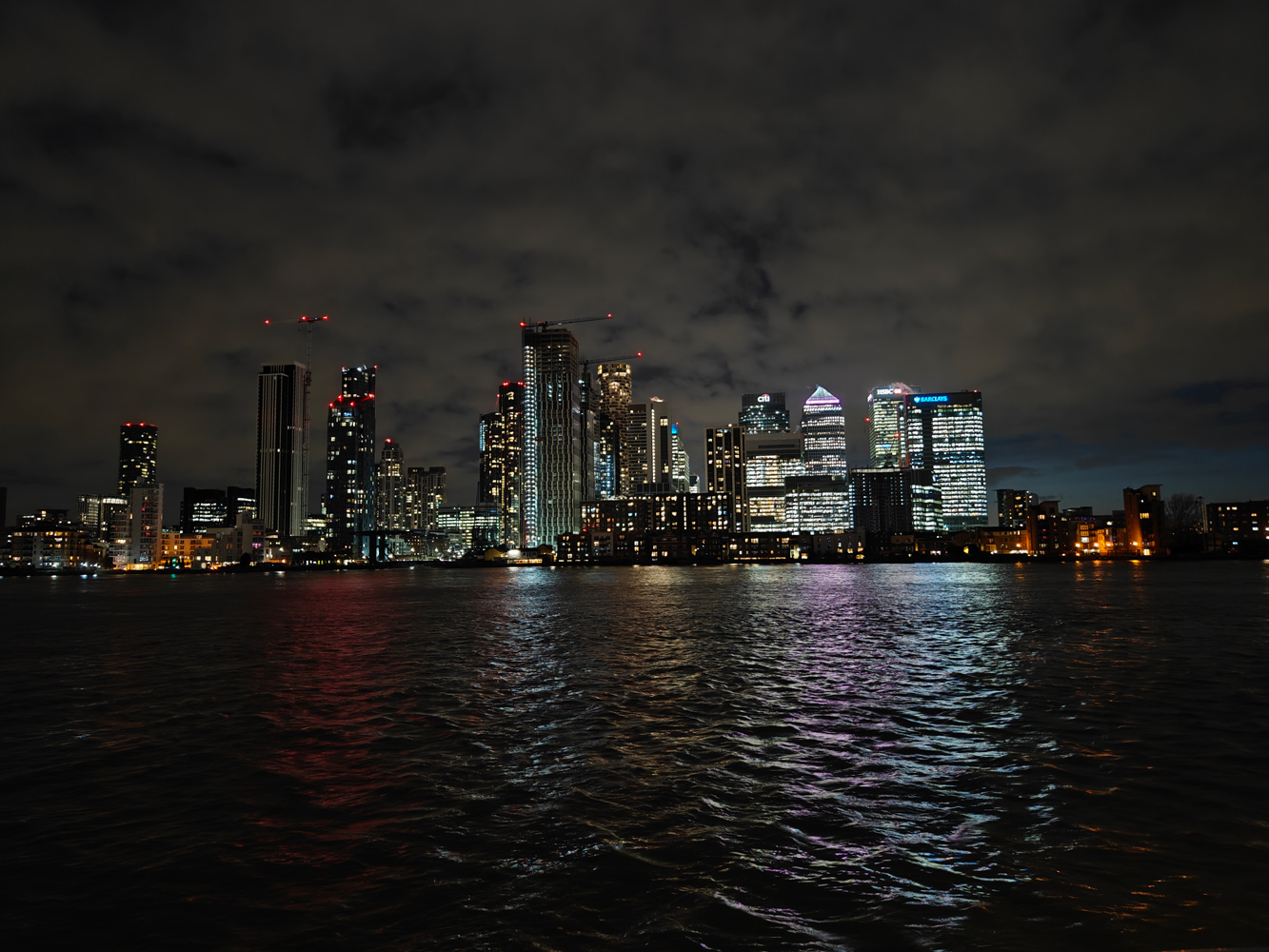


Ultrawide snaps come courtesy of a Sony LYT-600 sensor, which makes its debut here. It’s physically smaller than the one seen on the Find X6 Pro, but uses newer tech and has a wider f/2.0 lens aperture. The 14mm equivalent focal length is bigger, too, helping squeeze plenty of each scene into my shots.
Overall clarity is excellent. Colour reproduction was easily on par with the main camera, and there was no shortage of detail. I was also impressed with how sharp the edges of the frame looked. It holds up very well in low light, too,
Autofocus and a short 4cm focus distance also lets it take clean close-up shots, although there’s no dedicated macro mode. Instead, the camera app simply swaps to the ultrawide lens once you get close enough to your subject.



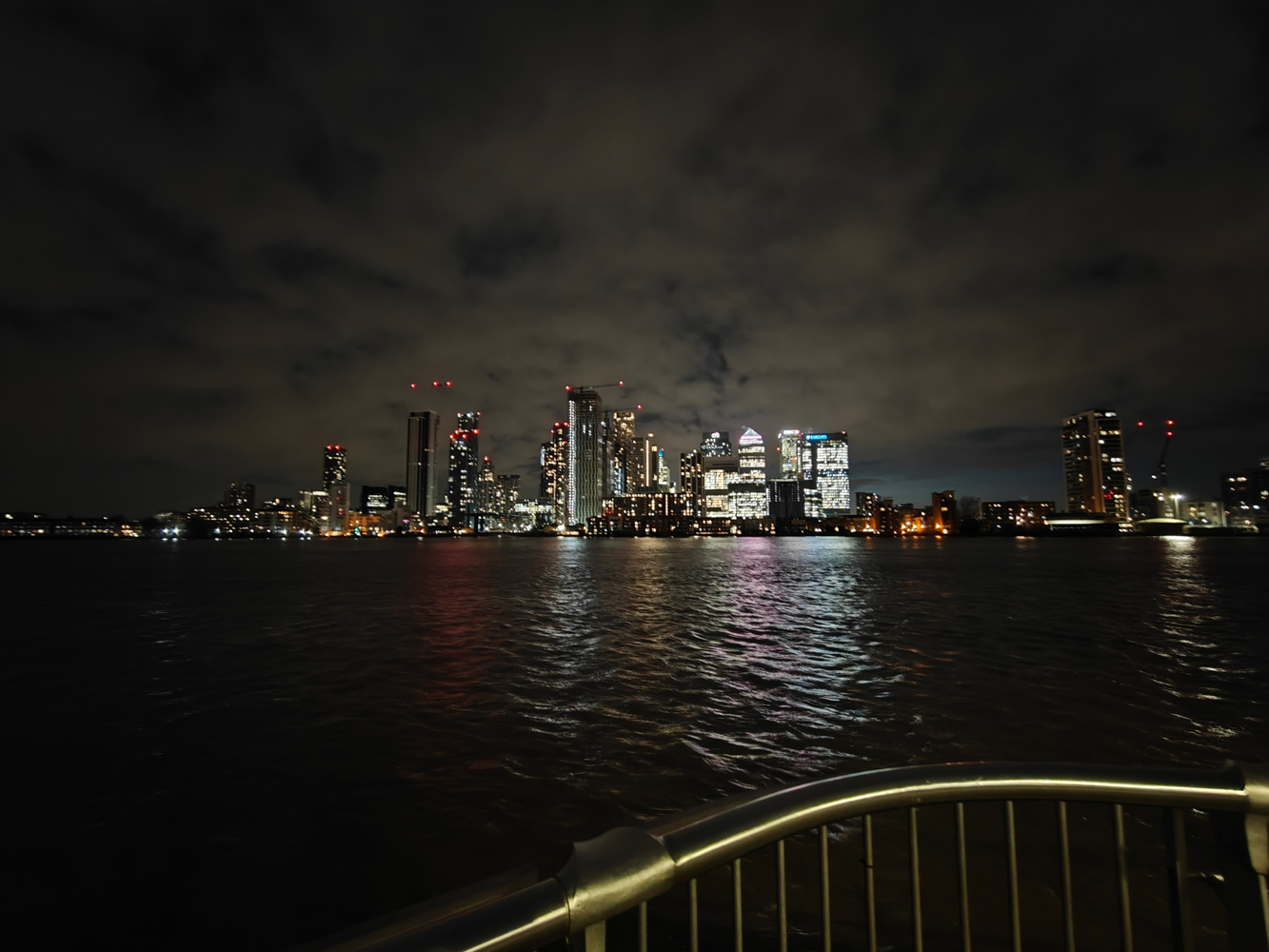
By splitting zoom duties across two lenses, the Find X7 Ultra can deliver convincing depth of field at much further distances, without needing to use artificial portrait modes. That said, Oppo’s portrait mode is excellent, routinely being able to pick out stray hairs.
The Sony IMX890 sensor used for the 3x snapper has often been on main camera duties in other smartphones. I wasn’t surprised to see it produce wonderfully clean shots in good light, even if they don’t have quite the same feel as ones taken using the wide-angle. Colour, exposure and contrast are consistent, and the 25cm focus distance is perfect for product photography. Portrait shots are bursting with detail, too.
Both it and the 6x lens have optical image stabilisation, which helps deliver crisp shots at maximum magnification. In good light, I’d say the algorithms allow for usable shots all the way up to 30x, which is a great showing. Night mode is worth using for any low-light shooting, though, as neither lens has an especially wide aperture.
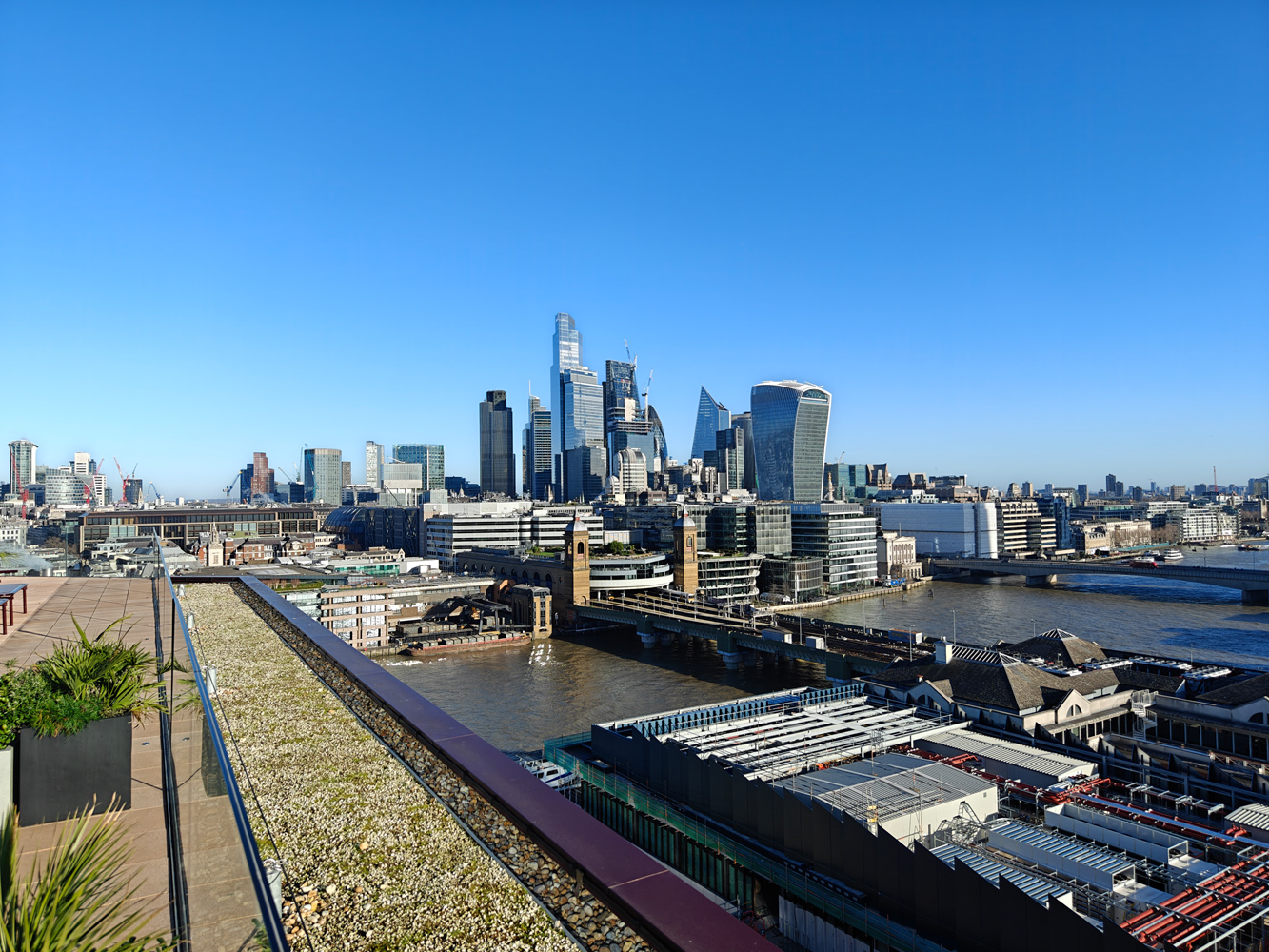














As much as the Find X7 Pro is a fantastic zoom performer, I was amazed how close the Vivo X100 Pro got to matching it – despite having a single telephoto to the Oppo’s two. In some cases it produced even sharper shots once I started peeking at pixels. That proves hardware can only go so far – but equally this is still one of the best smartphones for photography money can buy right now. It’ll be down to Samsung, Google, Apple and the rest to find ways to top it.
Software experience: hope you like Chinese
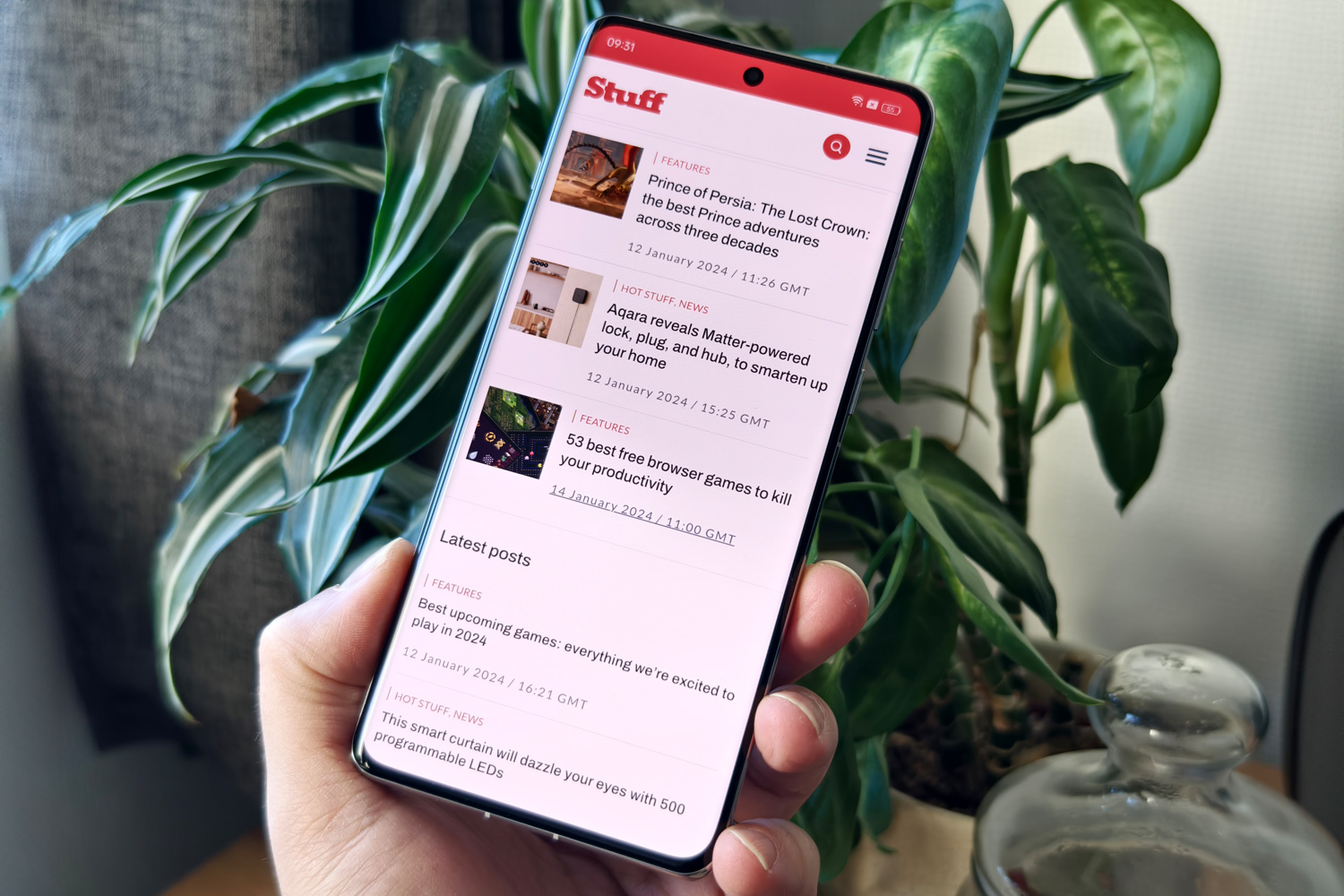
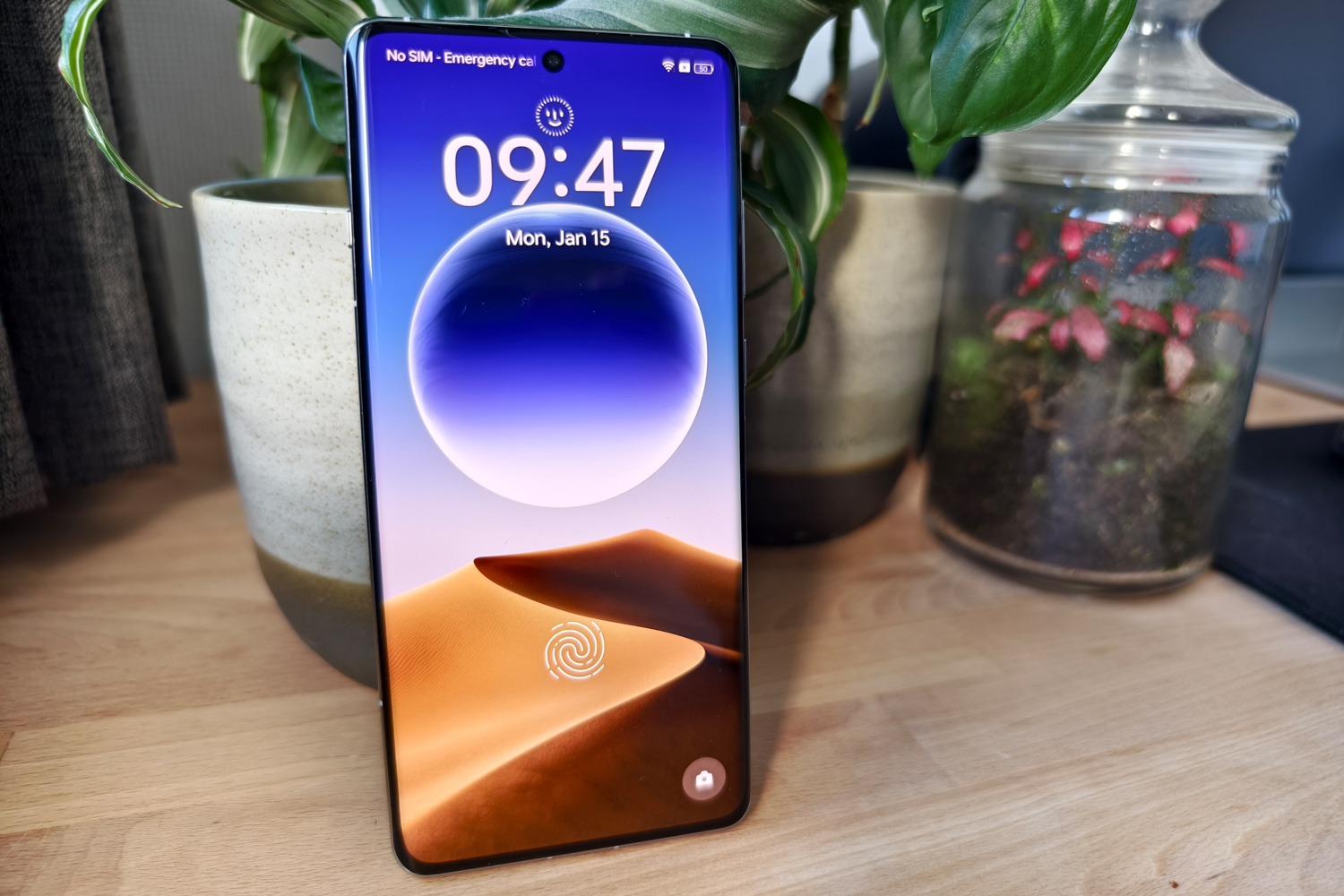
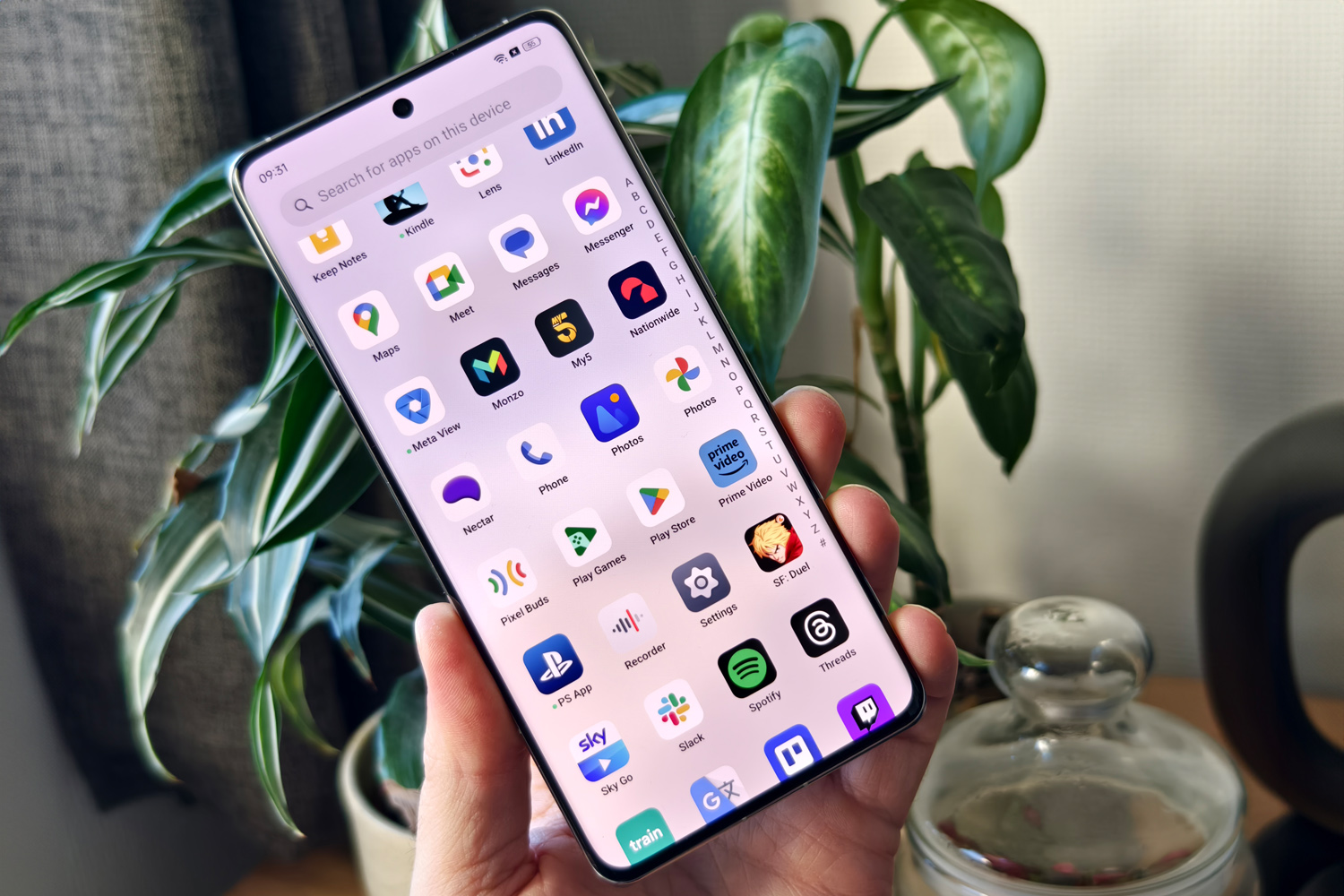
Chinese market smartphones can feel overwhelming to non-Mandarin speakers, but I know the drill by now. Choose English during initial setup, enable Google services from the Settings menu, download the Play Store from a (trustworthy) APK site, and swap the Chinese keyboard for a QWERTY one. It took less than ten minutes to have the Find X7 Ultra feel a lot more Western.
There are loads of region-specific apps to uninstall, admittedly – even if they barely dent the 512GB of built-in storage. And even after some tweaking, Oppo’s ColorOS 14 interface would occasionally throw up a Chinese language clue hinting at the phone’s origin. A short press of the power button wakes the firm’s Breeno assistant, with no way to change the shortcut to wake Google Assistant instead, and you’ll need a third-party launcher to get Google Discover on your homescreen.
I had to jump through a few security hoops before Google Wallet decided the Find X7 Ultra met security requirements for contactless payments. My Samsung Galaxy Watch 6 Classic smartwatch also refused to pair, saying the Ultra was an ‘unsupported device’. And if you drive a recently modern car, Android Auto is sadly off the table.
Otherwise it’s a very user-friendly UI, with a familiar Quick Settings menu layout and a highly customisable homescreen. There’s also no shortage of advanced features buried in the Settings menu. Split view and floating window multitasking, and a smart sidebar for quickly diving into your favourite apps are some highlights.
Performance & battery life: simply immense
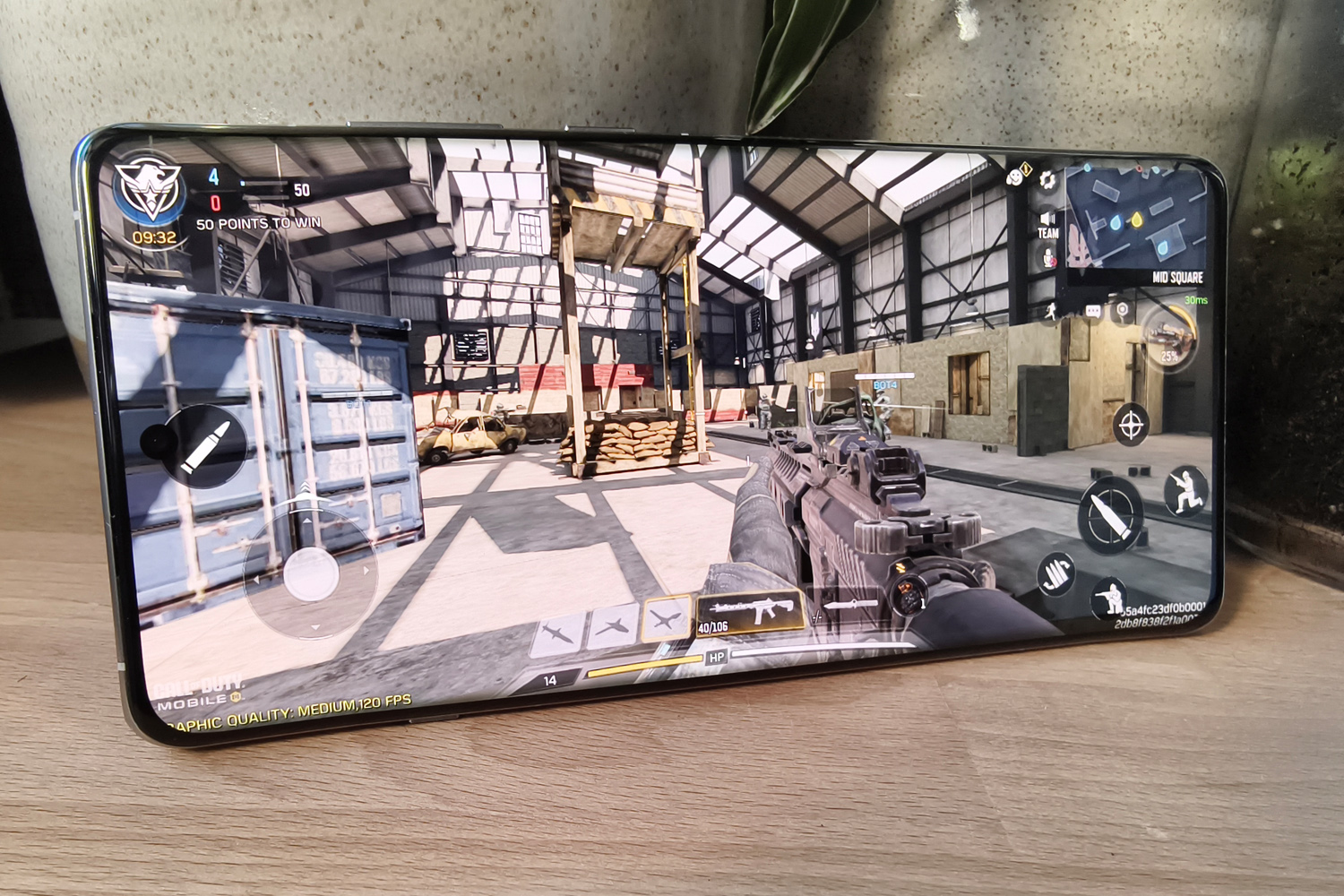
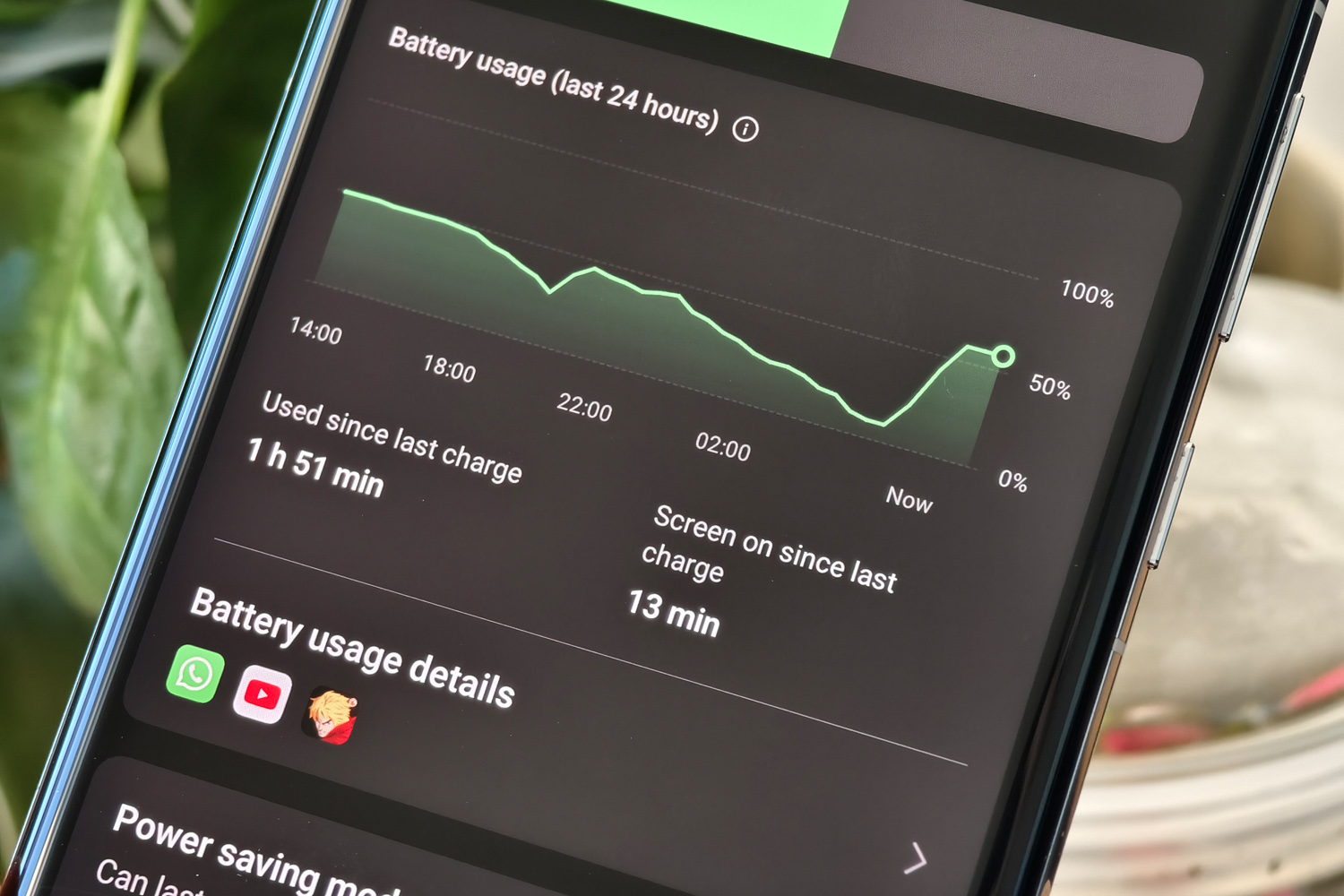
As one of the first Snapdragon 8 Gen 3-powered phones to land on my desk, I had high hopes for the Find X7 Ultra’s potency. It’ll hardly come as a shock that yes, this is a ridiculously powerful handset. Apps open the instant I tap their icons, animations are always perfectly smooth, and 16GB of RAM guarantees flawless multitasking. I was impressed that some of my more demanding games were preserved in memory while I opened other apps.
It sits near the very top of the 2D and 3D benchmark leaderboards, with consistent sustained performance to boot. The MediaTek-powered Vivo X100 Pro might trade blows at first, but is faster to heat up and throttle power. Oppo has done a great job keeping the CPU running smoothly, and it helps Qualcomm has made the silicon more efficient this year.
Gaming is a treat on the Find X7 Ultra’s gorgeous display. All the titles I tried defaulted to the highest graphics settings and frame rate caps. There’s enough oomph here that 120Hz gaming is a possibility, too.
Battery life is almost as impressive. Oppo has stuck with a 5000mAh capacity cell, which was typical for last year’s flagship phones. I’ve seen a few newcomers find room for even bigger batteries, but the Find X7 Ultra isn’t short on stamina. I comfortably lasted an entire day away from the mains when sticking to typical tasks, which is what I’d expect from a flagship handset. Liberal use of those rear cameras and heavy gaming drain it much faster, so I’d need a top-up by mid-afternoon, but that’s true pretty much everywhere else.
The bundled power brick is able to deliver a rapid 100W over USB-C. It took me from empty to full in just under half an hour. That’s speedy enough I could avoid charging overnight, and just plug in for a quick jolt every morning. It’s also great that 50W wireless charging makes the grade, even if compatible Qi pads are few and far between. Wireless powershare is handy for topping up gadgets like wireless earphones, too.
Oppo Find X7 Ultra verdict
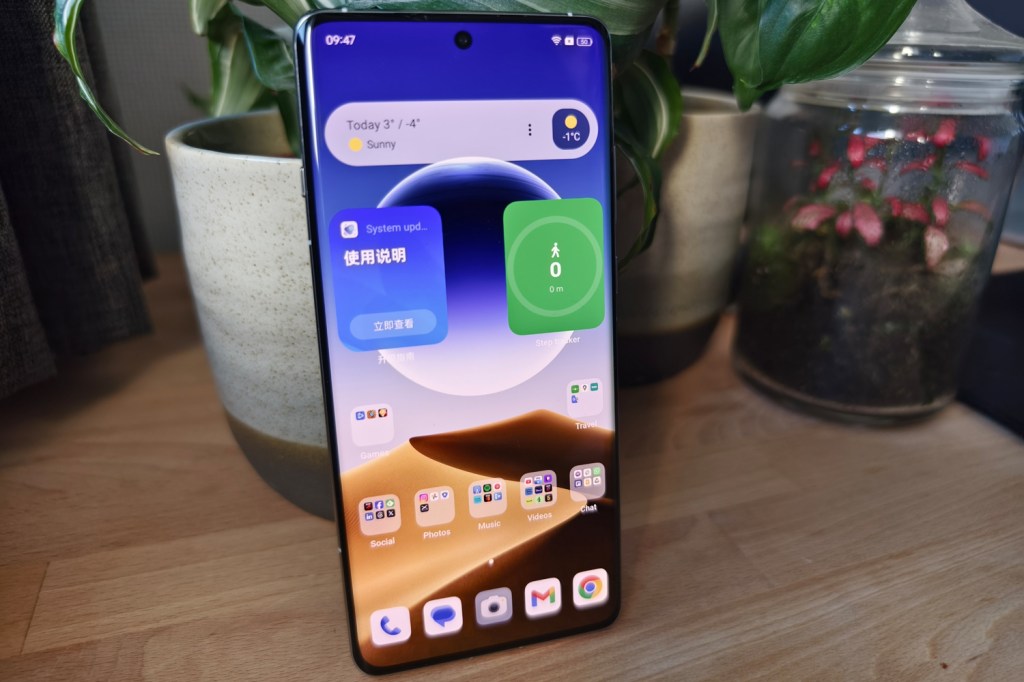
It’s as powerful as any phone you’re likely to see on sale this year. The styling is standout, the screen gorgeous, and the charging rapid. Most importantly, the Oppo Find X7 Ultra has one of the best camera systems I’ve ever seen on a smartphone. So why doesn’t it earn full marks?
Unfortunately Oppo’s decision to limit sales to China makes it incredibly difficult to get hold of in the West. And if you do go to the effort of importing one, the region-specific software can be a source of frustration. Rival flagships might not match it on photographic ability, but they have none of that extra baggage.
Any truly dedicated phone photographers may still want to hunt one down – in which case consider this a five star phone. Everyone else will just have to admire it from afar.
Stuff Says…
As well-rounded a camera phone as you’d expect given its lineage, the Oppo Find X7 Ultra takes stunning snaps. It’s pure flagship everywhere else – so it’s a crying shame the West isn’t getting it officially.
Pros
Phenomenally capable cameras in almost every condition
Flagship-grade performance and battery life
Cons
China-only, you’ll have to import one if you’re keen
Region-specific software limits usefulness
Oppo Find X7 Ultra technical specifications
| Screen | 6.82in, 3168×1440 AMOLED w/ 120Hz LTPO, 4500nits peak brightness, Dolby Vision |
| CPU | Qualcomm Snapdragon 8 Gen 3 |
| Memory | 16GB |
| Cameras | 50MP main (1in, f/1.8 w/ OIS) + 50MP ultrawide (f/2.0, autofocus) + 50MP telephoto (f/2.6, 3x optical zoom, OIS) + 50MP telephoto (f/4.3, 6x optical zoom, OIS) rear 32MP front (f/2.2) |
| Storage | 256GB/512GB/1TB |
| Operating system | Android 14 w/ ColorOS 14 |
| Battery | 5000mAh w/ 100W wired, 50W wireless charging |
| Dimensions | 164x76x9.5mm, 221g |


